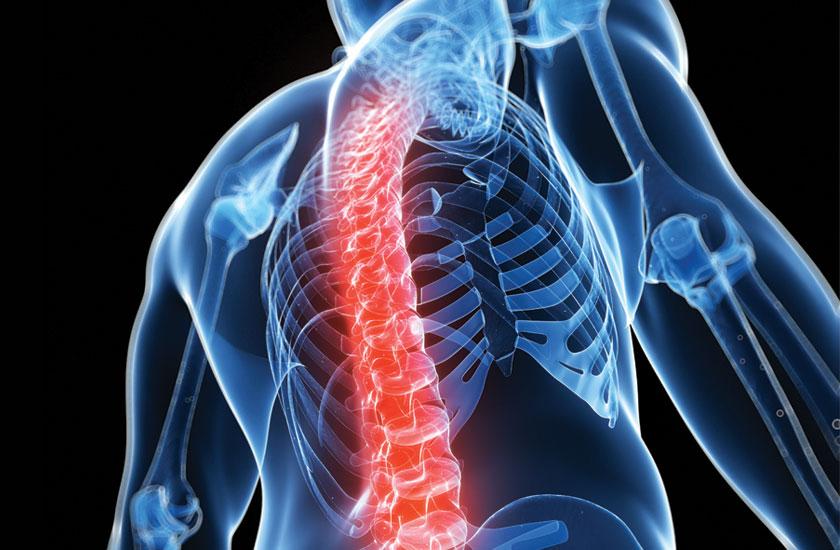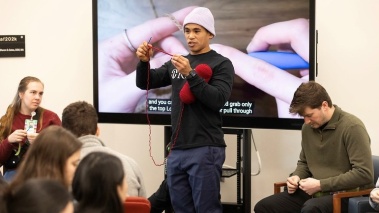Rush University Medical Center’s Dr. Asokumar Buvanendran is among the first interventional pain medicine specialists in the country to implant a newly approved spinal cord stimulation device that automatically adjusts the amount of pain-blocking electrical impulses according to shifts in body position, providing another non-opioid option for chronic pain sufferers.
Buvanendran surgically implanted the Intellis Implantable Spinal Cord Stimulator device Sept. 21 under the skin of the lower back of a 72-year-old, retired New York City Police officer who has suffered debilitating chronic pain for several years.
“This next-generation spinal cord stimulator is an ideal example of a pain medicine option that gives patients the relief they need without the threat of addiction,” said Buvanendran, Rush’s director of orthopedic anesthesia and a professor of anesthesiology. He is also the current president of the American Society of Regional Anesthesia and Pain Medicine, helping shape the policies to create awareness and insurance industry acceptance of chronic pain therapies and techniques that are safer and more effective than opioid-based medicines.
This new device’s data reporting capabilities make it much easier to document how thoroughly a patient’s pain is blocked. The device, the smallest on the market, contains an electromechanical technology that measures motion and velocity to then adjust the amount of electrical stimulation.
Spinal cord stimulators work by sending out pain neutralizing signals to the spinal cord. With existing spinal cord stimulators, the distance between the spinal cord and the electrodes that send out pain-neutralizing signals can shift by several millimeters as people sit, stand, lie down or become more active. This can result in stimulation levels that can be uncomfortable or less effective.
The new device constantly measures and adjusts electrical stimulation levels and are automatically recorded in a diary that allows the physician to better monitor and document device performance and patient activity levels — key information when demonstrating the medical necessity evidence insurance companies typically demand to authorize payment for the device and its implantation.
The Rush Pain Center has developed a wide a range of diagnostic and therapeutic approaches for people with chronic pain long before the current epidemic of overuse of opioids.







